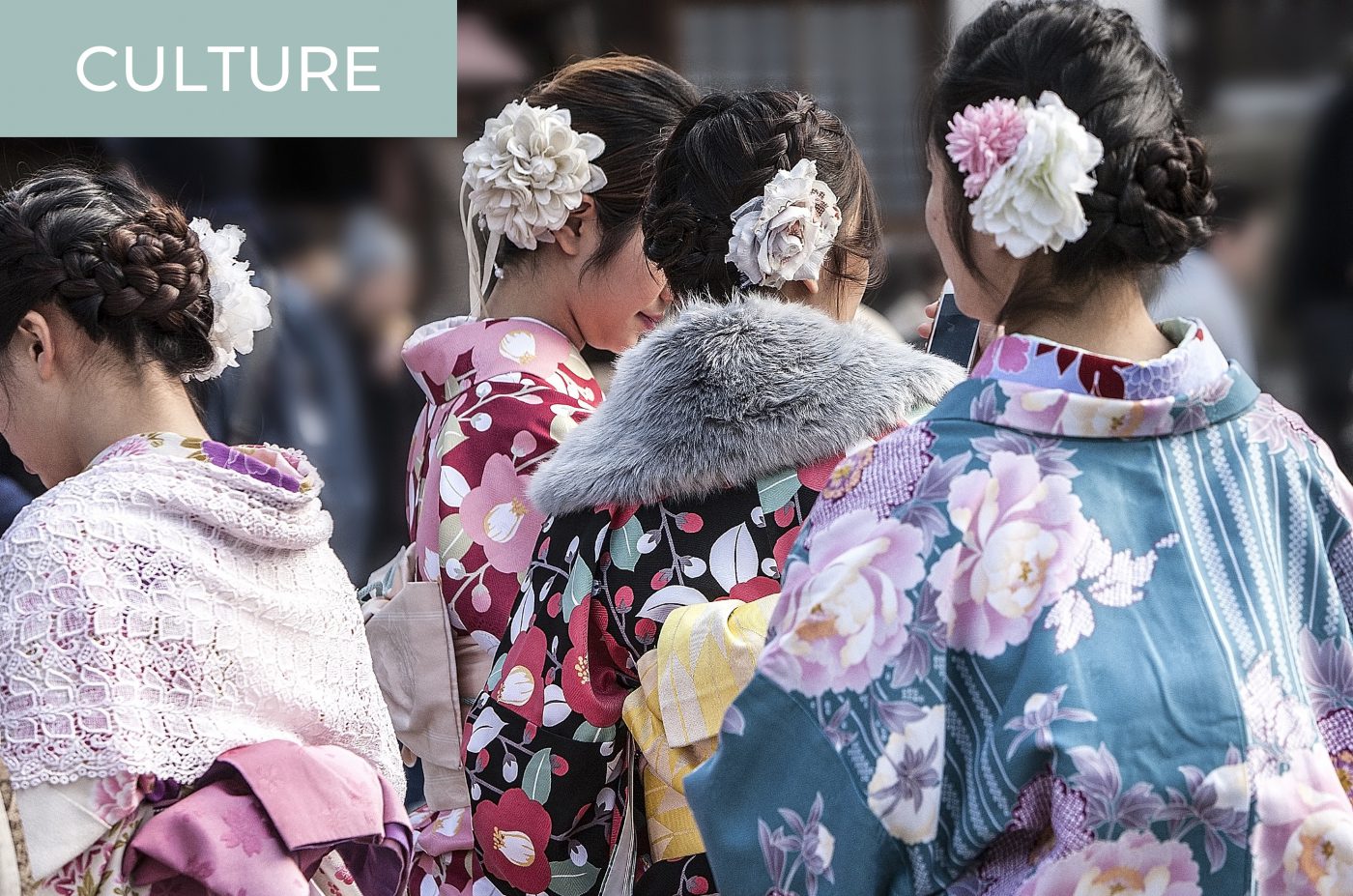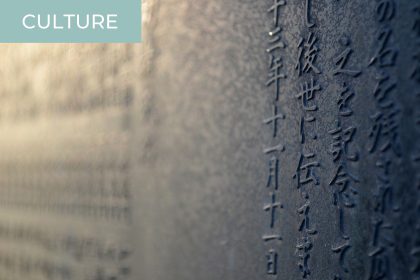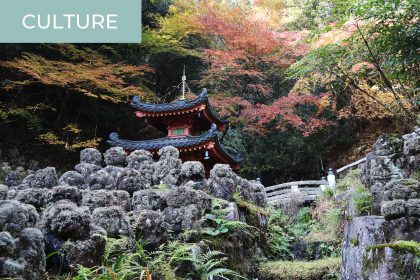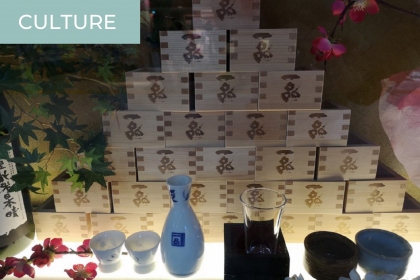The New Year, called “O-Shogatsu” in Japanese, is a traditionally very important holiday for Japanese people.
In ancient times, January used to be early spring according to the lunar calendar. It was the season when everything started flourishing again. Like in many other cultures, people gathered and wished each other a prosperous year.
Today’s Japanese New Year inherits some traditional customs mixed with more modern elements. Let us see how Japanese people spend their year-end and New Year’s holidays!
Osoji: The Grand House Cleaning
This tradition is very similar to spring cleaning in other countries. Before welcoming the new year, many Japanese people clean up almost everything in their house. This is called “osoji” in Japanese, meaning grand house cleaning. They then place traditional decorations outside and inside their house (see below).
O-Shogatsu Decorations: Kadomatsu, Shimenawa, and Kagamimochi
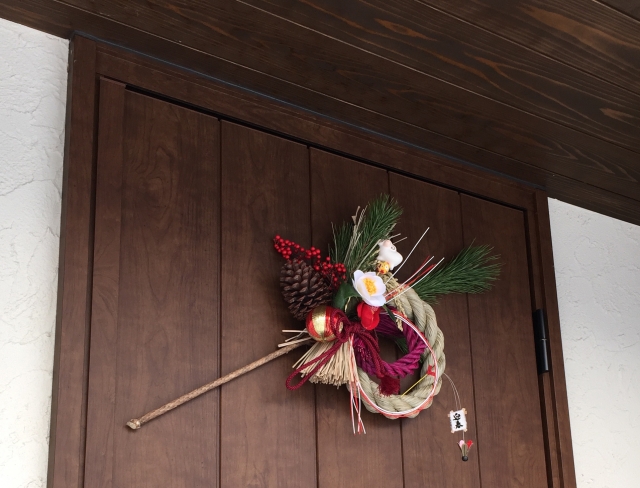
Traditional decorations show the people’s enthusiasm for the new year. The most popular decorations are Shimenawa (seen above), Kadomatsu [a decoration made of bamboo and pine], and Kagamimochi [a rice cake decoration]. (Click on the links to read our detailed articles about each of them!)
They all have special meanings. For example, Kadomatsu invites the New Year’s god to your house.
Eating Toshikoshi Soba Noodles
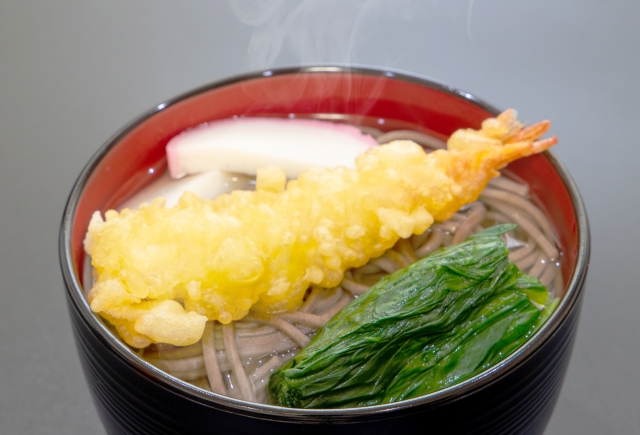
On the 31st of December, a day called “Omisoka” in Japanese, Japanese people eat Toshikoshi Soba noodles (buckwheat noodles for the New Year). The long noodles reflect the wish for longevity.
Some Japanese then listen to the sounds of a bell at a temple. This tradition is called “Joya no Kane.” A lot of Buddhist temples in Japan ring their bell 108 times on this day. This is for cleansing human greed and to have a peaceful mind before New Year’s Day.
When the Japanese welcome New Year’s Day, they say “Akemashite omedeto,” which means “Happy New Year.”
Visiting a Shrine and Eating Osechi with Family Members on New Year’s Day
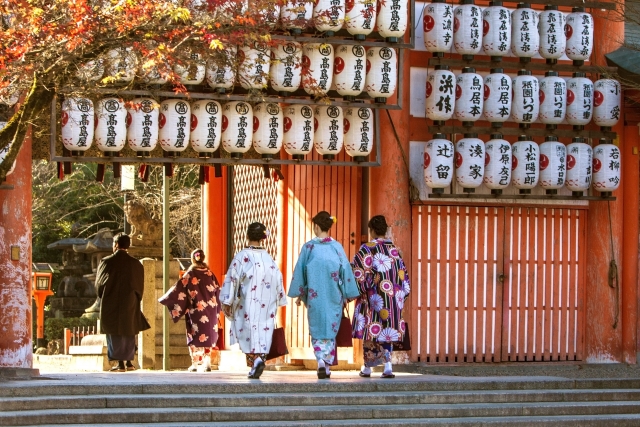
On New Year’s Day, most Japanese people visit Shinto shrines. The year’s first visit to a shrine is called “hatsumode.” Japanese people greet deities at a shrine while hoping for prosperity for the year to come. It is also customary to draw an omikuji, a small piece of paper on which your luck for the upcoming year is written.
Some Japanese, especially women, dress in traditional kimono clothing. The surroundings of large shrines are packed with food stalls during the New Year’s holiday. The mood is festive.
Osechi is a large dish for New Year’s Day. Many different foods are beautifully placed in layered lunch boxes. Every single item of food has a fortunate meaning. Family members and relatives usually have this meal together.
Exciting Events for Children: Otoshidama and Games
An exciting event for children is receiving otoshidama: envelopes containing money given by adult members of the family. It is also part of educating children to think of how to use money.
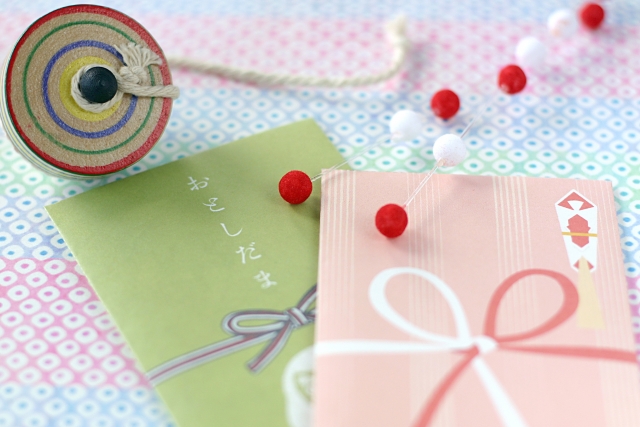
Another fun event for children is New Year’s games. Children of the family all gather together during the New Year’s holiday, and participate in fun games and activities. Games called karuta [a sort of card game], fukuwarai [making a face with bits of papers while being blind-folded], and sugoroku [a board game close to the goose game] are popular. Kite flying is also a joyful New Year outdoor activity.
Nengajo, the Japanese New Year’s Greeting Cards
Nengajo, or New Year postcards, are a way to deliver your appreciation to friends, colleagues, and business partners. It is much like the western Christmas cards that are used to send holiday greetings to those you cannot be with.
Click here to read our article that explains everything about nengajo!
Fukubukuro or “Lucky Bags”
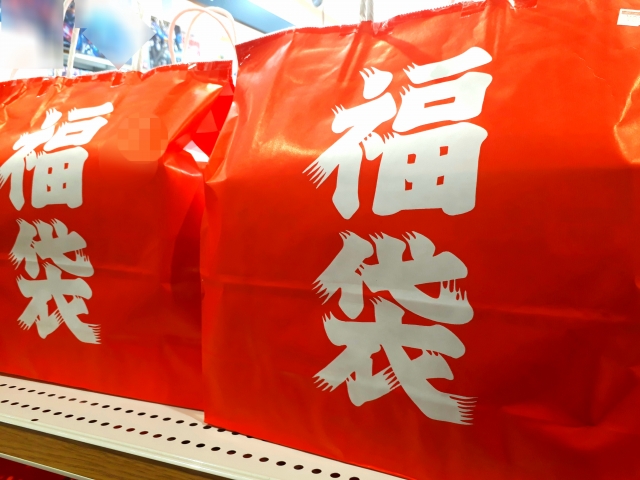
The fukubukuro is more of a trendy custom of the New Year by contrast to those above. Winter sales in Japan begin on the New Year’s holiday. During this period, a variety of shops hide their products in a bag. What you get is kind of a surprise. These bags usually include things a few times more valuable than the price of the lucky bag. Many people rush to get their favorite brand of lucky bag products.
What is your favorite Japanese New Year tradition? Let us know in the comments!

